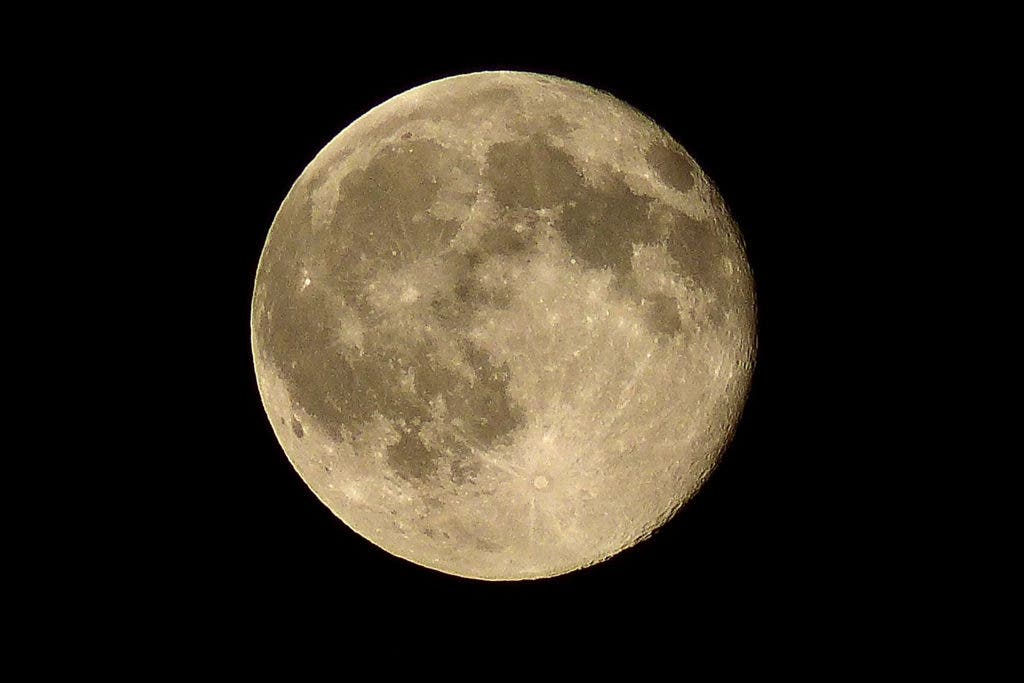A few days away from the 50th anniversary of the Apollo 11 landing, a group of scientists at the University of California has found evidence that there could be more ice water on the surface of the Moon than previously thought.

Researchers compared shaded areas that are protected from the Sun on the surface of Mercury with similar shadowed craters on the Moon, concluding that ice deposits, which can be several meters thick, could survive inside the Moon’s shadowed craters.
The interior of the craters on the Moon is shielded from the Sun and can endure low temperatures so they could have more ice than initially thought, say researchers who published their work in the journal Nature Geoscience.
The work by Lior Rubanenko, Jaahnavee Venkatraman and David Paige was done based on data from NASA’s MESSENGER spacecraft, a robotic orbiter that spent four years in the orbit of Mercury. This suggests the presence of ice in permanently shaded craters.
A previous study, published this month by scientists from NASA’s Goddard Space Flight Center, also found that these south pole craters could house and trap water. But the amounts were substantially less than what the team from the University of California is suggesting.
The three researchers first noted that the Moon and Mercury have thermal environments that are somewhat similar and that both have shadowed craters with evidence of shallowing. On Mercury, prior research showed that the material buildup was made partly of ice.
In their investigation, they suggested that the material that is collecting in the shallow craters on the moon is likely ice. If their ideas prove correct, it would mean that there are millions of tons of ice on the surface of the moon—far more than has been thought by most moon scientists.
“People think of some areas in these polar craters as trapping water and that’s it,” said William M. Farrell, research lead, said in a statement. “But there are solar wind particles and meteoroids hitting the surface, and they can drive reactions that typically occur at warmer surface temperatures. That’s something that’s not been emphasized.”
Despite the findings, the amount of water trapped in the lunar craters is yet unclear and will probably remain like that until a new expedition. In the best-case scenario, some 12,000 shaded craters on the Moon could hold potentially millions of tons of ice.
This could make more feasible the possibility of establishing a permanent base on Earth’s closest neighbor. But for that, there’s still a long way to go.






